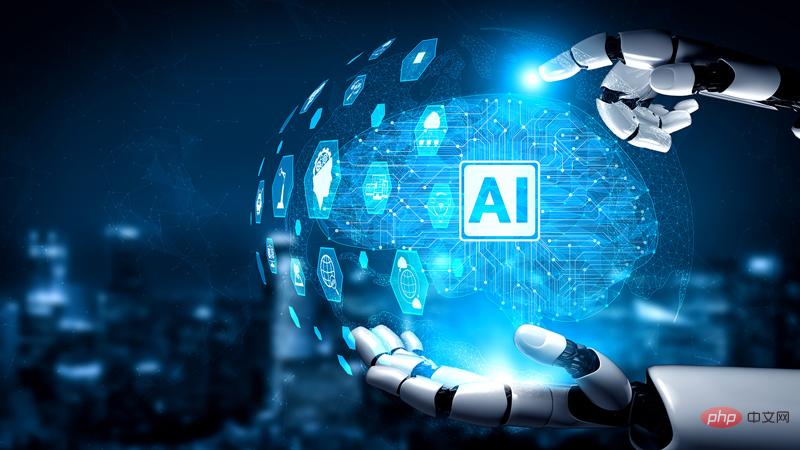

Deep learning is a subset of machine learning that simulates the human brain by taking in large amounts of data and trying to learn from it. In IBM's definition of the term, deep learning enables systems to "aggregate data and make predictions with incredible accuracy." However, as incredible as deep learning is, IBM pointedly points out that it cannot Tapping into the human brain's ability to process and learn information.
Deep learning and DNN (deep neural networks) are used to solve complex real-world problems such as weather forecasting, facial recognition, and chatbots, as well as perform other types of complex data analysis. Allied Market Research said that by 2030, the global deep learning market will rise from US$6.85 billion in 2020 to nearly US$180 billion. Another study by Allied Market Research revealed that the global neural network market is expected to reach nearly $153 billion by 2030, driven by growth in the field of artificial intelligence and rising demand for data and advanced analytics tools.
A better understanding of deep learning will benefit future applications of artificial intelligence and machine learning-derived technologies, including fully autonomous vehicles and next-generation virtual assistants. In the future, deep learning may evolve into unsupervised learning and provide more insights into how the human brain works. It was this second pursuit that led researchers at the University of Glasgow to study how similar DNNs are to the human brain. According to the University of Glasgow, current understanding of DNN technology is relatively limited, and no one fully understands how deep neural networks process information.
To further deepen the scientific community's understanding, in the recently published "Algorithmic Equivalence Between the Brain and Its DNN Models," researchers proposed and tested a method to understand how artificial intelligence models process information. How to compare to the human brain. The goal is to determine whether DNN models use similar computational steps to recognize things like the human brain. This work identifies similarities and differences between artificial intelligence models and the human brain, taking a step toward creating artificial intelligence technology that processes information as closely as possible to the human brain.
Philippe Schyns, head of research technology at the University of Glasgow, said: "A better understanding of whether the human brain and its DNN models recognize things in the same way will allow for more precise detection using DNNs. Real-world applications. If we gain a deeper understanding of the recognition mechanisms in the human brain, then we can transfer this knowledge to DNNs, which in turn will help improve how DNNs are used in applications such as facial recognition, Currently these applications are not always accurate.”
If the goal is to create the most human-like decision-making process possible, then the technology must be able to process information and make decisions at least as well as humans—ideally Better than humans. At the end of the published article, the author lists a series of outstanding questions based on the research, including: "How do DNNs predict the diversity of human decision-making behaviors?" This is also a question worth studying, because not everyone faces the same situation. All input will make the same decision - and in what ways would a more human-like AI model take this diversity into account?
The above is the detailed content of Deep learning and the human brain. For more information, please follow other related articles on the PHP Chinese website!




